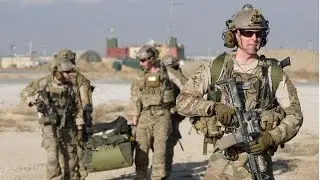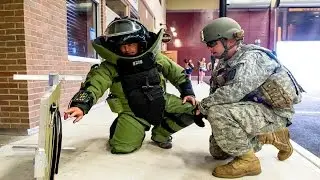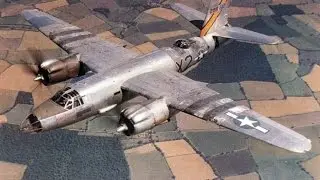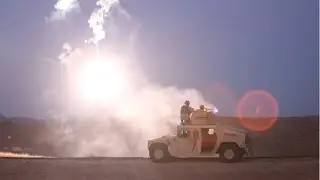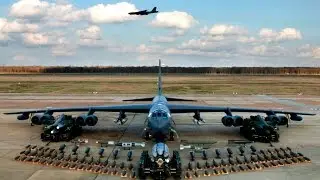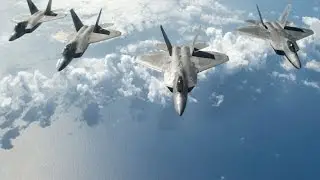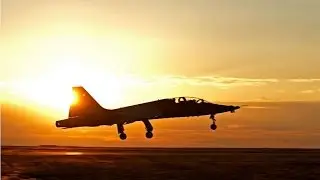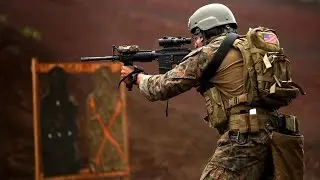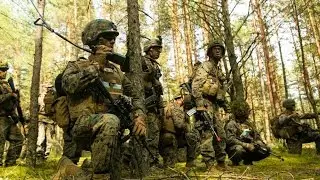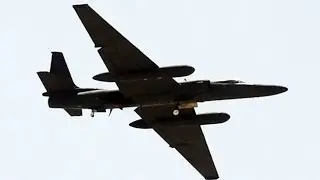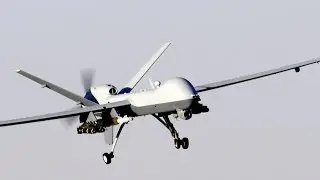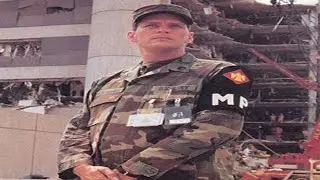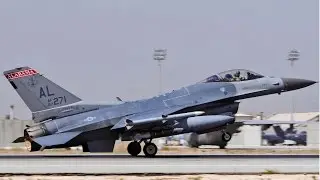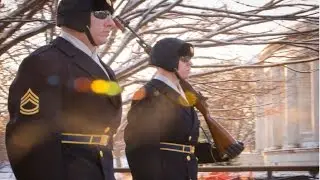The Nisei, Japanese American soldiers in World War II (documentary)
During the early years of World War II, Japanese Americans were forcibly relocated from their homes in the Pacific Coast states because military leaders and public opinion combined to fan unproven fears of sabotage. As the war progressed, many of the young Nisei, Japanese immigrants' children who were born with American citizenship, volunteered or were drafted to serve in the United States military. Japanese Americans served in all the branches of the United States Armed Forces, including the United States Merchant Marines.
The 442nd Regimental Combat Team was an all-Nisei U.S. Army regiment which served in Europe during World War II. Japanese Americans already in training at the start of the war had been removed from active duty shortly after Pearl Harbor, and the Army stopped accepting new Nisei recruits in early 1942. However, Japanese American leaders like Mike Masaoka and War Department officials like John J. McCloy soon began to push the Roosevelt administration to allow Nisei to serve in combat.Despite resistance from military and War Relocation Authority leaders, the President eventually sided with the War Department, and on February 1, 1943, Roosevelt announced the creation of a segregated battalion composed of Nisei soldiers and commanded by white officers.While the first group of volunteers fought in Europe as part of the 100th Infantry Battalion, additional recruits and draftees began combat training at Camp Shelby. The 1st Battalion of the 442nd soon after began sending replacement troops to join the 100th, which suffered an extremely high casualty rate, and the 2nd and 3rd Battalions shipped out on May 1, 1944, joining the 100th in Italy the next month. These men arrived in Europe after the 100th Infantry Battalion had already established its reputation as a fighting unit, and in time, the 442nd became, for its size and length of service, the most decorated unit in U.S. military history.
Credits: Brenda Cecil

![[Arabic] Analog Circuits (2) | Oscillators (Introduction)](https://images.videosashka.com/watch/sSAcC2jQFtc)






